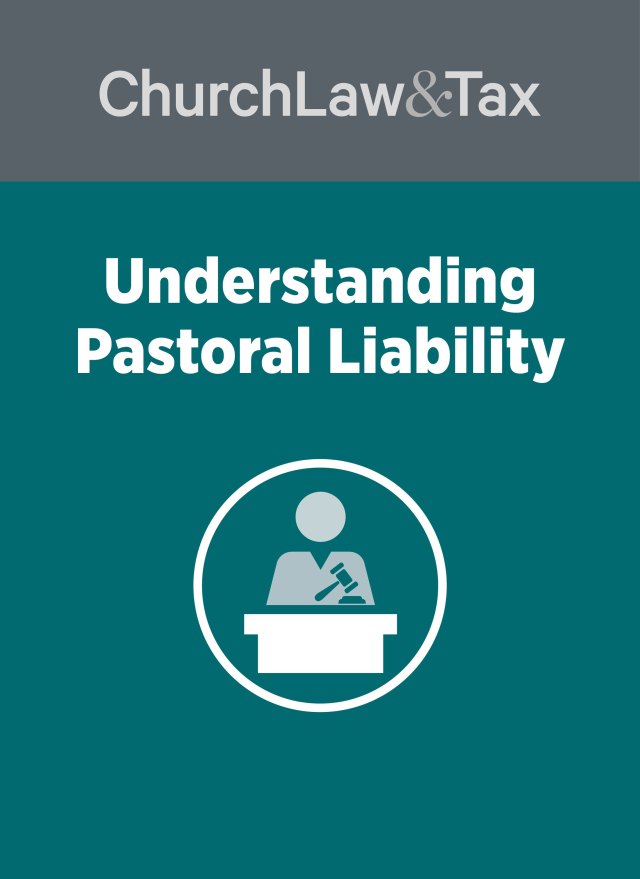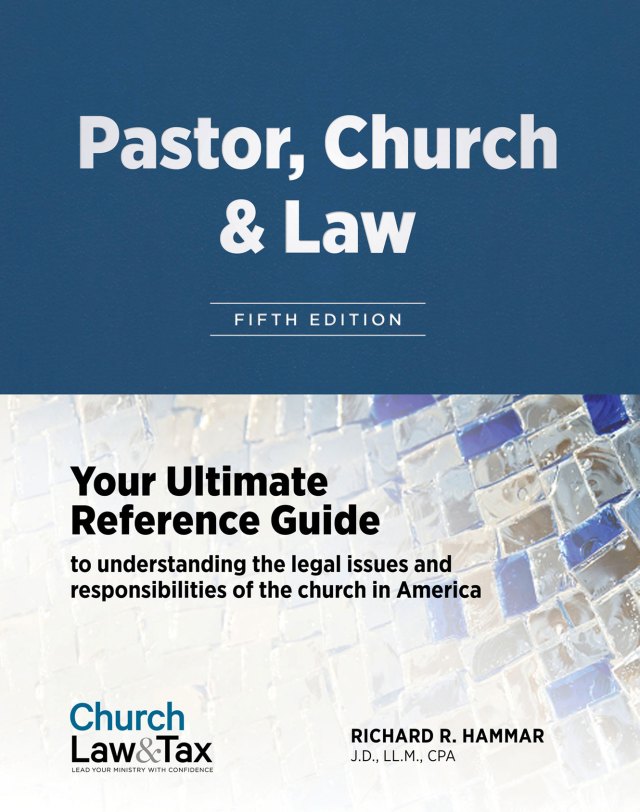• Key point. Several courts have concluded that churches and denominational agencies cannot be legally responsible for a minister’s sexual misconduct, since allowing such organizations to be sued for failing to exercise sufficient care in the selection, training, or supervision of its ministers would violate the first amendment guaranty of religious freedom.
A New York court ruled that it was barred by the first amendment from resolving a woman’s claim that she had been injured by a priest’s repeated sexual contacts with her. A woman (the “victim”) was diagnosed with multiple sclerosis. She turned to her priest for comfort and direction, and the priest began to visit her three and four times a week. While sitting next to her on the couch he allegedly would hold her cramped and contorted fingers and tell her how he spoke to God and how as God’s emissary he would see to it that the disease would go into remission. Indeed, at one point her physician informed her that the disease was indeed in remission and she “thanked God a million times for sending her this gentle savior.” In time, the priest began to engage in repeated sexual contacts with the victim. Eventually, the relationship ended, and the woman sued the priest and a local diocese. She claimed that the diocese was responsible for the priest’s actions on the basis of negligence and breach of a fiduciary duty. A state appeals court ruled that the negligence and breach of fiduciary claims against the diocese had to be dismissed. The court noted that “any attempt to define the duty of care owed by a member of the clergy to a parishioner fosters excessive entanglement with religion” and would require the courts to “venture into forbidden ecclesiastical terrain.”
Application. The most interesting aspect of this ruling was the following excerpt from the opinion of a dissenting judge: “This case … presents this court with the opportunity to establish a deterrent to conduct that inflicts immeasurable harm upon victims who are deceived and abused by the religious leaders that they are taught to trust and depend upon from early childhood. Clearly [the woman’s] claim is not unique. That sexual abuse of religious adherents is committed by religious leaders across the globe, and in faiths ranging from Christianity to Judaism to Buddhism has been well documented. Surveys of 300 clergy from four U.S. Christian denominations (Assemblies of God, Episcopal Church U.S.A., Presbyterian Church U.S.A., and United Methodist), reported that 38% admitted to some form of sexual contact with a member of their congregation …. An astonishing 76% said they knew of another clergy member who had engaged in sexual intercourse with a congregant. Villiers, Clergy Malpractice Revisited: Liability for Sexual Misconduct in the Counseling Relationship, 74 Denver University Law Review 1, 64 n.89. A policy report of the Presbyterian Church (U.S.A.) reported that between 10 and 23 percent of clergy nationwide have engaged in sexualized behavior or sexual contact with parishioners, clients or employees … within a professional relationship. Moreover, as with all incidents of sexual abuse, many victims undoubtedly fear to come forward due to a misguided sense of guilt, fear of ostracism by the community, or retaliation by the clergy member.” Langford v. Roman Catholic Diocese, 705 N.Y.S.2d 661 (N.Y. Sup. 2000).
© Copyright 2001 by Church Law & Tax Report. All rights reserved. This publication is designed to provide accurate and authoritative information in regard to the subject matter covered. It is provided with the understanding that the publisher is not engaged in rendering legal, accounting, or other professional service. If legal advice or other expert assistance is required, the services of a competent professional person should be sought. Church Law & Tax Report, PO Box 1098, Matthews, NC 28106. Reference Code: m67 m47 c0501




